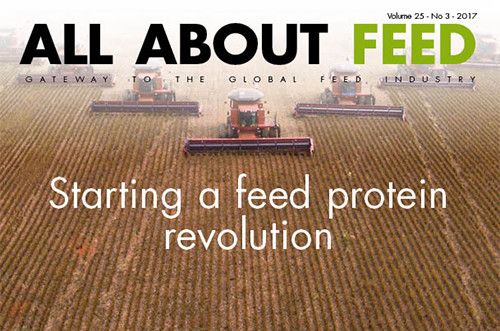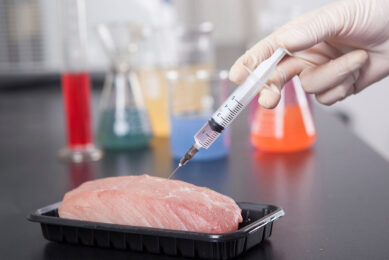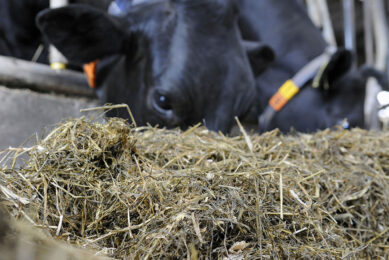New issue All About Feed now online

The April issue of All About Feed is now available to read in our digital magazine section. In this edition we take a look at cow feed modelling, new protein sources and the use of copper in the diet.
Cow feed modelling
If you feed a supplement that impact the rumen? What does this mean for the feed efficiency of the diet? And should this effect be incorporated into diet formulation programmes to optimise dairy farm revenue? In this article we explore a sub-model which enables to take into account the quantitative response of live yeast within a feed formulation programme. Such concrete advance is valuable to allow nutritionists to fine-tune diet composition in order to answer specific producers’ demands to optimise their farm performance.
Alternative proteins
To feed the increasing world population we need to increase food production. But the feed industry can help as well to make sure that less human food crops, and more non-edible biomass- is used to feed animals, in particular fish diets. Aquafeed is a great example where big steps can be made in the protein revolution. The feed-grade materials used in aquatic feeds are traditionally based on fishmeal and soybean meal. But other protein sources are increasingly used. In this article we explain what they are.

Understanding the copper pathways
Copper takes part in the activity of numerous enzymes. Requirements are relatively low for livestock: 4-10 ppm for pigs, 4-5 ppm for laying hens and approximately 8 ppm for broilers, according to scientific organisations (NRC, INRA). Nevertheless, copper is generally added at higher dosages in animal diets. In the European Union, the maximum authorised level is currently 175 ppm in piglet diets, and in non-European countries, copper is sometimes added up to 150 mg/kg in broiler feeds. When copper is used at very high dosages during a long period, negative effects can be observed in the field and absorption rate of copper in small intestine decreases, meaning that the homeostatic regulation is saturated. In this article we delve deeper into the copper pathways.

More articles in this issue are:
• Feeding cows shredded newspapers
• New EU feed estimates
• Interview with CEO Nutriad: Erik Visser
• Correct choice of pellet die
• Making feed formulation better
• Achieving next generation feed conversion
• Column: Data visualisation
To read all the articles in this issue, go to the magazine overview page and sign up with your current website login.
Join 26,000+ subscribers
Subscribe to our newsletter to stay updated about all the need-to-know content in the feed sector, three times a week. Beheer
Beheer









 WP Admin
WP Admin  Bewerk bericht
Bewerk bericht